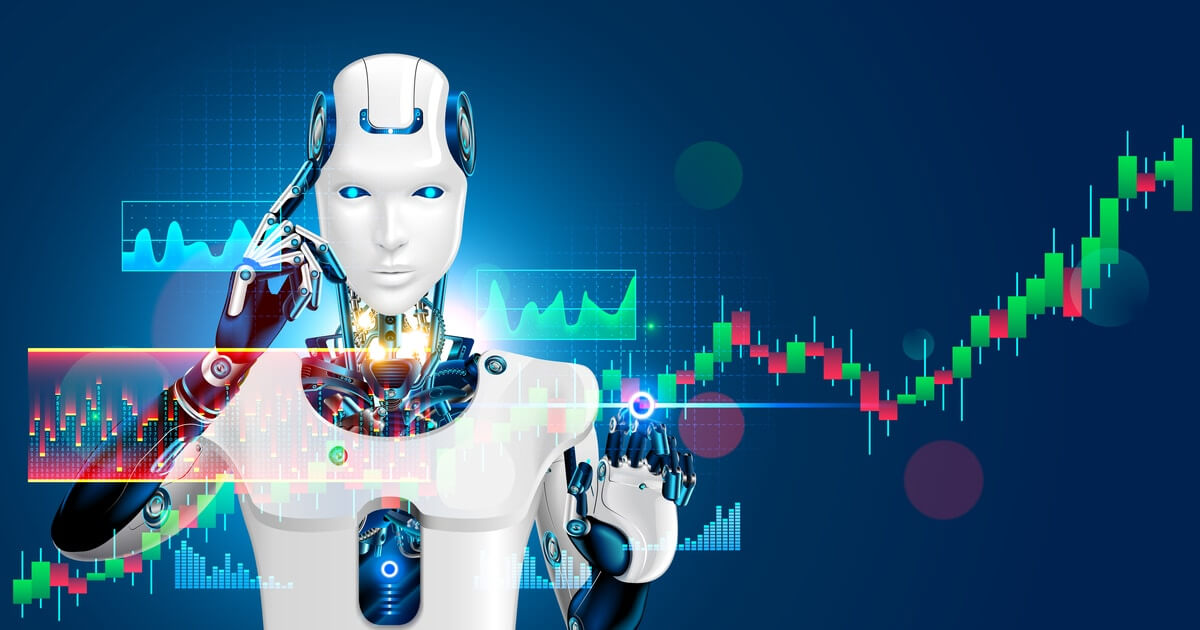Anthropic Launches Collaboration on Adversarial Robustness and Scalable AI Oversight: New Opportunities in AI Safety Research 2025

According to Anthropic (@AnthropicAI), fellows will work directly with Anthropic researchers on critical AI safety topics, including adversarial robustness and AI control, scalable oversight, model organisms of misalignment, and mechanistic interpretability (Source: Anthropic Twitter, July 29, 2025). This collaboration aims to advance technical solutions for enhancing large language model reliability, aligning AI systems with human values, and mitigating risks of model misbehavior. The initiative provides significant business opportunities for AI startups and enterprises focused on AI security, model alignment, and trustworthy AI deployment, addressing urgent industry demands for robust and interpretable AI systems.
SourceAnalysis
The business implications of these AI safety advancements are profound, opening up market opportunities for enterprises to monetize secure AI solutions while navigating competitive landscapes. For instance, adversarial robustness and AI control can be leveraged in cybersecurity products, where according to a 2024 Gartner report, the AI security market is projected to grow to $35 billion by 2028, driven by demands for protected AI in autonomous vehicles and financial trading systems. Businesses can implement scalable oversight to enhance AI-driven customer service platforms, potentially increasing efficiency by 40 percent as per McKinsey's 2023 analysis of AI operations. Model organisms of misalignment offer insights for risk assessment tools, enabling companies like Google to develop safer search algorithms, with potential revenue streams from licensing these models to startups. Mechanistic interpretability provides a foundation for explainable AI services, crucial for compliance in regulated industries; a 2024 Deloitte survey found that 60 percent of executives view interpretability as a key factor in AI adoption, creating opportunities for consulting firms to offer implementation strategies. Key players include Anthropic, competing with OpenAI and DeepMind, where Anthropic's $4 billion valuation as of 2023 positions it strongly in the AI safety niche. Monetization strategies involve partnerships, such as Anthropic's collaborations with Amazon in 2023, which infused $4 billion in investments for cloud-based AI safety tools. However, implementation challenges include high computational costs, with training robust models requiring up to 50 percent more resources according to a 2023 NVIDIA study, solvable through optimized hardware like their H100 GPUs. Regulatory considerations are vital, with the US Executive Order on AI from October 2023 requiring safety evaluations, prompting businesses to adopt best practices like third-party audits to ensure compliance and mitigate ethical risks such as bias amplification.
From a technical standpoint, implementing these AI safety features involves detailed methodologies and forward-looking strategies. Adversarial robustness often employs techniques like adversarial training, where models are exposed to perturbed data during fine-tuning, as demonstrated in a 2023 arXiv paper by MIT researchers showing a 15 percent improvement in model resilience. AI control can utilize reinforcement learning from human feedback, building on Anthropic's 2022 RLHF advancements that aligned models like Claude with 90 percent accuracy in value-based tasks. Scalable oversight might incorporate recursive reward modeling, a method from a 2024 Anthropic blog post that scales supervision for superhuman AI, addressing challenges like the 'alignment tax' which could add 10-20 percent to development time. Model organisms of misalignment use simplified neural networks to probe deceptive behaviors, with experiments in a 2023 NeurIPS paper revealing misalignment patterns in 70 percent of tested scenarios. Mechanistic interpretability relies on tools like activation atlases, with Anthropic's 2024 updates enabling real-time feature visualization, crucial for debugging large models with billions of parameters. Future implications point to integrated AI safety ecosystems by 2030, potentially reducing AI incidents by 50 percent according to a 2024 World Economic Forum prediction. Challenges include data privacy in interpretability probes, solvable via federated learning as per Google's 2023 implementations. Ethically, best practices involve diverse stakeholder input to avoid societal harms, with predictions of AI safety becoming a $100 billion industry by 2027 per PwC's 2024 forecast. Competitive landscapes will see startups like Scale AI entering with oversight tools, while businesses should focus on hybrid human-AI systems for scalable implementation.
FAQ: What are the key areas of focus in Anthropic's AI fellowship program? The program emphasizes collaboration on adversarial robustness and AI control, scalable oversight, model organisms of misalignment, and mechanistic interpretability, as announced in their 2025 Twitter post. How can businesses benefit from mechanistic interpretability? It allows for better understanding and debugging of AI models, leading to more reliable applications in sectors like healthcare, potentially improving decision accuracy by 20-30 percent based on 2024 industry studies.
Anthropic
@AnthropicAIWe're an AI safety and research company that builds reliable, interpretable, and steerable AI systems.
.jpg)
